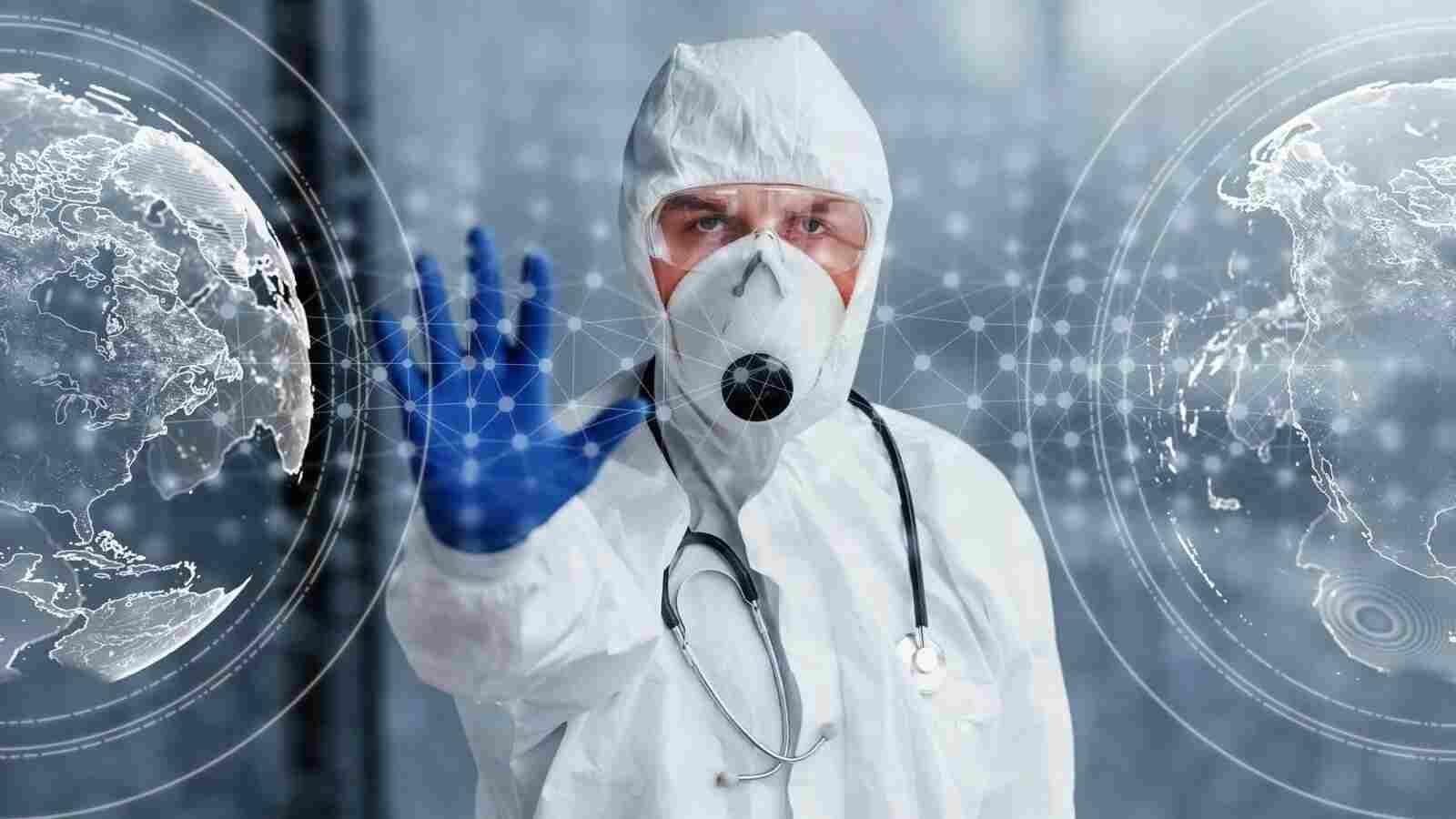Antimicrobial resistance (AMR) has emerged as one of the most pressing global health concerns, often described as a silent epidemic. As bacteria, viruses, fungi, and parasites evolve to withstand the effects of medicines designed to eliminate them, our ability to treat common infections is diminishing. Understanding the Rising Threat of Antimicrobial Resistance is crucial to protecting public health, ensuring medical advancements remain effective, and preventing a future where minor infections could once again become life-threatening. Without coordinated efforts involving innovation, awareness, and responsible use of medications, the impact of AMR could be catastrophic for humanity.
Introduction to Antimicrobial Resistance
Antimicrobial resistance is the process by which microorganisms adapt and develop the ability to survive despite the presence of drugs meant to kill them. This phenomenon threatens to undermine decades of progress in modern medicine, making treatments for infections, surgeries, and chronic illnesses increasingly challenging. Understanding the Rising Threat of Antimicrobial Resistance is essential to shaping policies, advancing research, and safeguarding health systems worldwide.
What Drives the Rising Threat of AMR
The overuse and misuse of antibiotics in humans, animals, and agriculture are major contributors to the accelerating rise of AMR. Factors such as unregulated access to antibiotics, improper prescriptions, and environmental contamination allow resistant strains to spread rapidly. Globalization and increased travel further amplify these challenges, making AMR a borderless crisis.
The Global Health Implications of Resistance
If left unchecked, AMR could lead to a future where common infections become untreatable and life-saving surgeries carry extreme risks. Cancer treatments, organ transplants, and intensive care rely heavily on effective antimicrobials, meaning resistance could reverse years of medical progress. According to health experts, AMR could cause millions of deaths annually by 2050 if urgent action is not taken.
How Misuse of Antibiotics Fuels the Problem
Widespread misuse, including self-medication, incomplete treatment courses, and unnecessary prescriptions, has accelerated the evolution of drug-resistant microbes. In many regions, antibiotics are available without prescriptions, leading to overconsumption. Education around responsible antibiotic usage is a critical first step in slowing resistance rates.
The Role of Hospitals and Healthcare Systems
Hospitals play a pivotal role in both the containment and spread of resistant infections. Strengthening infection control protocols, improving hygiene standards, and investing in rapid diagnostic technologies are vital steps to curb AMR. Healthcare systems must also prioritize antimicrobial stewardship programs that monitor and regulate drug usage.
Innovative Solutions to Combat AMR
Scientists and researchers are exploring new strategies to combat antimicrobial resistance. Advancements in nanotechnology, phage therapy, and artificial intelligence are opening doors to next-generation treatments. Developing alternative therapies and speeding up the discovery of novel antimicrobials are essential for staying ahead of evolving pathogens.
Raising Public Awareness and Responsibility
Public understanding of AMR is limited, yet awareness is crucial to reducing its impact. Encouraging individuals to follow prescriptions, avoid unnecessary antibiotics, and practice good hygiene can significantly help. Media campaigns and educational initiatives must be prioritized to drive behavioral change on a global scale.
Collaborative Global Initiatives Against AMR
Tackling antimicrobial resistance requires international collaboration. Organizations like the WHO, CDC, and various global alliances are working together to develop policies, fund research, and promote sustainable antibiotic use. Cross-border coordination ensures data sharing, improved diagnostics, and stronger response mechanisms to manage outbreaks.
The Future of Medicine in an Era of Resistance
Without immediate action, antimicrobial resistance could usher in a post-antibiotic era where routine infections become fatal. However, by combining technological innovation, public education, and global policy reforms, it is possible to mitigate the risks and build a sustainable future for healthcare. The path forward depends on collective responsibility and a unified commitment to addressing this urgent crisis.
For More Info https://bi-journal.com/understanding-the-rising-threat-of-antimicrobial-resistance/
Conclusion
Understanding the Rising Threat of Antimicrobial Resistance highlights the urgent need for unified global action to combat this silent epidemic. With responsible antibiotic use, advanced research, and collaborative initiatives, the healthcare industry can prevent a looming crisis and safeguard the progress achieved in modern medicine. The time to act is now, as failure to do so could redefine the future of healthcare for generations.

